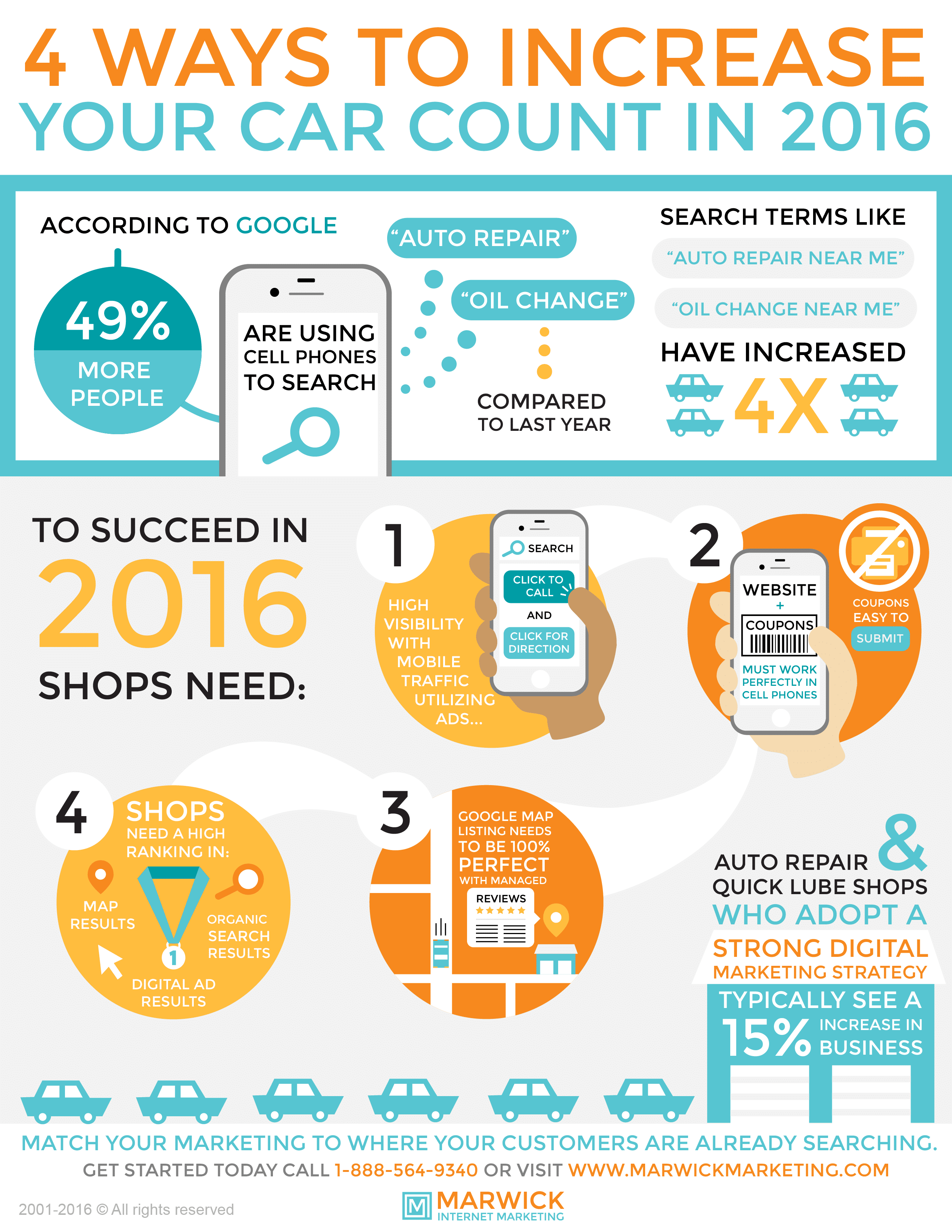Translating Your Car'S Caution Indicators: What They Truly Signify
Translating Your Car'S Caution Indicators: What They Truly Signify
Blog Article
Posted By-Hartley Shepherd
When you lag the wheel, those glowing warning lights on your dashboard can be a little bit complicated. Do you know what they're attempting to tell you regarding your auto's health? Understanding the significance of these lights is crucial for your safety and the longevity of your vehicle. So, the following time among those lights pops up, wouldn't you wish to understand its message precisely and take the needed actions to resolve it?
Common Caution Lighting and Interpretations
Determine common caution lights in your vehicle and comprehend their meanings to make sure secure driving.
One of the most regular caution lights consist of the check engine light, which signals issues with the engine or exhausts system. If this light begins, it's critical to have your vehicle checked immediately.
The oil pressure advising light shows low oil stress, needing instant interest to avoid engine damage.
A blinking battery light might suggest a damaged charging system, possibly leaving you stranded otherwise dealt with.
The tire stress tracking system (TPMS) light notifies you to reduced tire stress, influencing lorry stability and gas efficiency. Overlooking this might cause dangerous driving problems.
The abdominal light shows an issue with the anti-lock stopping system, compromising your capability to quit quickly in emergencies.
Finally, the coolant temperature alerting light warns of engine getting too hot, which can lead to serious damages if not solved swiftly.
Comprehending these typical warning lights will certainly help you address problems immediately and keep secure driving problems.
Relevance of Prompt Attention
Understanding the typical warning lights in your auto is just the primary step; the relevance of immediately dealing with these warnings can not be stressed enough to ensure your security when driving.
When a warning light illuminates on your control panel, it's your automobile's means of communicating a prospective concern that needs attention. Disregarding these cautions can bring about much more serious problems in the future, compromising your safety and potentially costing you a lot more in repairs.
Prompt interest to alerting lights can avoid break downs and mishaps. For example, a flashing check engine light might indicate a misfire that, if left unattended, might cause damages to the catalytic converter. Resolving this immediately can conserve you from a pricey fixing.
Similarly, a brake system alerting light might indicate reduced brake fluid or worn brake pads, essential elements for your security when driving.
Do It Yourself Troubleshooting Tips
If you see a warning light on your dashboard, there are a few DIY fixing tips you can attempt before seeking specialist aid.
The first step is to consult your cars and truck's manual to comprehend what the particular caution light shows. Often the issue can be as straightforward as a loose gas cap triggering the check engine light. Tightening the gas cap may solve the trouble.
An additional usual problem is a reduced battery, which can cause different warning lights. Inspecting the battery links for deterioration and ensuring they're safe could fix the trouble.
If a caution light lingers, you can attempt resetting it by disconnecting the auto's battery for a few mins and afterwards reconnecting it. Furthermore, inspecting learn here , such as oil, coolant, and brake liquid, can assist repair warning lights connected to these systems.
Verdict
To conclude, comprehending your automobile's warning lights is necessary for maintaining your vehicle running efficiently and securely. By quickly addressing car interior cleaner nz and recognizing what they imply, you can prevent pricey fixings and possible failures.
Bear in mind to consult your cars and truck's handbook for specific details on each advising light and take action accordingly to ensure a hassle-free driving experience.
Remain informed, stay safe on the road!
